Mid-morning we geared up for an actual hike, a la All Trails recommendation. We’ve been walking the soles off our shoes/sandals ever since we got here, due in large part to metro misunderstandings, but hiking 10 miles is different than walking 10 miles. If you don’t know the difference, you should try both and see for yourself.
Gellert Hill sounded nice, with a 3.5-mile circuit including high views overlooking the city, so we headed across the bridge to catch the trolley to the trailhead. We could have caught the trolley to the trolley, but as I said above about metro misunderstandings (read on for another example)…. And in any case, it’s good that we were walking to our hike.
A couple in front of us on the bridge looked familiar, and the closer we got the more they looked like the backs of our AirBnB superhosts. Sure enough, they were out for a Saturday morning walk up to their favorite scenic overlook, a monument and museum honoring a Muslim dervish and Hungary’s relationship to Turkey. We had told them when we first met that we wanted to visit some places that weren’t high-profile tourist sites, and they invited us to join them, given that this was just such a place.
First we detoured so Katalina (Kati) could show us where she first worked as a rheumatologist—a building built around a large thermal pool. “I could prescribe the pool for a treatment,” she said, smiling. Budapest’s fault line has produced many thermal pools, often credited with a variety of cures. Hocus pocus aside, even I could see how soaking in warm water would be therapeutic for arthritis. Kati has moved on to neurology in a different hospital, but from her nostalgic memories it’s pretty clear she misses the pool. Turns out she and Tamas met in the pool, doctor and patient.
The walk uphill was certainly uphill along a narrow cobblestone street. True to their word, there were hardly any tourists once we got to the memorial, but it was worth the climb. Small but beautifully built, it gives a perspective on Turkish-Hungarian relations and especially information on a key historical figure in that relationship, Gül Baba, whose mausoleum is part of the site. The tomb is surrounded by colorful gardens, recently renovated and reopened.
Gül Baba, was an Ottoman-era poet and philosopher, and He was a companion of Sultan Suleiman the Magnificent, the longest-reigning ruler of the Ottoman Empire who oversaw its golden age from 1520-1566. Gül Baba was a “dervish,” a Muslim monk who was part of an order known for their wild ritualistic movements, which are a feature of their religion. A dervish lives a simple life away from the temptations of the world, typically whirling in obscurity.
Gül Baba died shortly after Sultan Suleiman conquered most of Hungary, and was made the “Wali”, or patron saint, of Buda. (I don’t think I’ll ever get tired of saying Gül Baba the Wali–it has such a nice flow to it.) His tomb was first completed in 1548 and has been renovated several times since then. The land on which it sits is owned by Turkey, leading me to wonder if I can now claim to have been to Turkey? I’m not sure of the countries-I’ve-been-to checklist rules for something like this.
From the Gül Baba statue, a panoramic view stretches all the way to the Danube and beyond. It’s worth the climb.
While looking out across the city, we got Kati and Tamas’s perspective on Hungary’s political situation, which they currently consider to be only destructive. They talked at length about totalitarian policies that work against democracy, basically tightening controls on the press and punishing those who oppose them in a variety of subtle and not-so-subtle ways.
According to Kati and Tamas, Budapest gets hit hard in favor of rural people because support for the current prime minister is low in the city and high in the surrounding areas. Education and healthcare are being gutted as the funds are used for purposes that they do not support, and city residents are shouldering the economic burden to pay for the government’s excesses.
The press in rural areas has been taken over by the government, but in Budapest they haven’t been able to achieve that, so information available to city residents is very different from that available to rural people. In general, propaganda is pushing Hungarians to see the U.S. and the European Union in a more negative light, and Orban is seen as getting more friendly with Putin and other more authoritarian, less democratic leaders.
Kati and Tamas left us to wander the museum on our own for a while, then we walked back down the hill, had lunch at a Greek restaurant where our choices turned out to be perfect, and caught the tram to our planned trailhead.
Our hike, far from being a walk, wound a big irregular circle around Gellert Hill, up and down ancient steps and up and down ancient steps and up and down ancient steps through neighborhoods of homes that are certainly a cut above what we see in Pest. They have yards, flowers, trees, and beautiful parks high on the hill.
We spent a couple charming hours hiking streets, wide cobblestone paths, narrow wooded paths, and endless staircases. On one long climb, we saw up ahead a young couple sitting on a step eating ice cream cones. They had the right idea. As we approached them, sweating and out of breath, I asked Google to translate a phrase for me, so when we got even with them my phone said, “Excuse me. Where can we get ice cream?” At least I hope that’s what it said; when you put your faith in an online translator, you open yourself up to so many misunderstandings.
They were clearly caught off guard by the question, then burst out laughing and the guy said in English, “That is the best question!” They directed us to a small store out of sight over the top of the staircase. We found the place, used the restrooms, and didn’t get ice cream. What we did get was a big bottle of water to rehydrate.
Now we know that we should always check the label on the bottle, even if we can’t read it, before we pay for it. Or maybe shake the bottle? This particular one was carbonated. We must have been feeling light-headed, because instead of just carrying the bottle, we filled our individual water bottles with the explosive stuff.
For the next half hour, as our walking jostled our water bottles, pressure built up enough to overcome the lids and leak down our legs, to say nothing of the fact that if we wanted a drink, we had to hold the bottle at arm’s length or get blasted in the face when we opened the valve. Lesson probably learned.
The first half being mostly residential, we were glad to see the last half focused on parks and woods and scenic overlooks, the trail having been chiseled into a precipitous rock cliff some of the way. It being Saturday afternoon, there were crowds of people enjoying the parks and trails with their partners, kids, and dogs.
Dogs in this country deserve a whole nother article, but not here. Nora wanted to take so many of the little fuzzy ones home with her that I silently gave thanks we had a baggage limit.
It was a beautiful hike with lots of photo ops. At one point a side trail veered off toward children laughing, so we checked it out and came across a large playground with a collection of long, winding super slides built against the steep hillside. Like a water park without the water. Somehow the kids were surviving it even without all of the restraints and constraints we have become accustomed to in the U.S. I didn’t even see any liability waivers lying around.
Our dying phones got us back to the right metro stop, where we managed to get on the wrong tram. It was a little misunderstanding over which number we wanted. Of course we should have gotten off at the next stop, but sometimes you just wonder if maybe everything will work out and the tram will suddenly start going the right direction. So we sat there for a while, finally came to our senses, and got off. We then got on the next one going back where we’d started.
I have no reasonable explanation for this: our next step was to get back on the wrong one again, sit there hoping it would suddenly start going the right direction, and then get off the same place we’d gotten off the first one. Back to our starting point, with which we were becoming all too familiar. This time, however, we used our combined intelligence to stay off the wrong one and get on the right one. Thankfully we have one-month passes, so our mistakes are free.
Since that reality check, we have paid more attention. It would be pretty far-fetched to say we have now mastered the metro, but at least it’s relatively painless to fix our mistakes, we have always seen something new on the wrong routes we take, and we have always ended the day where our toothbrushes are.
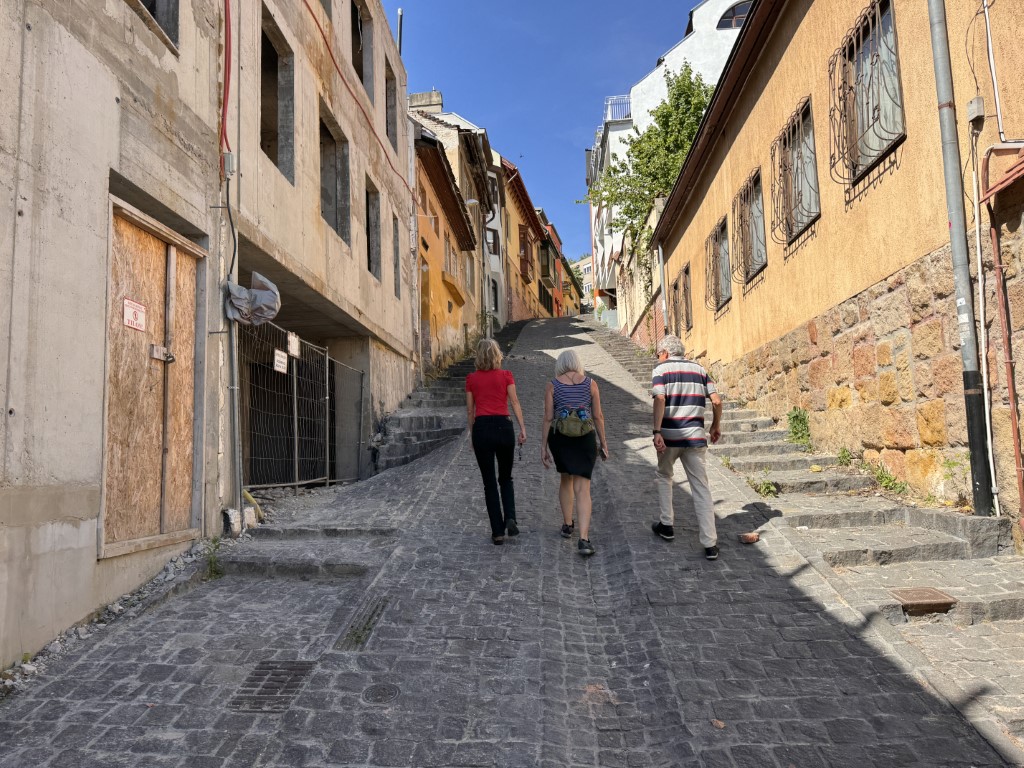

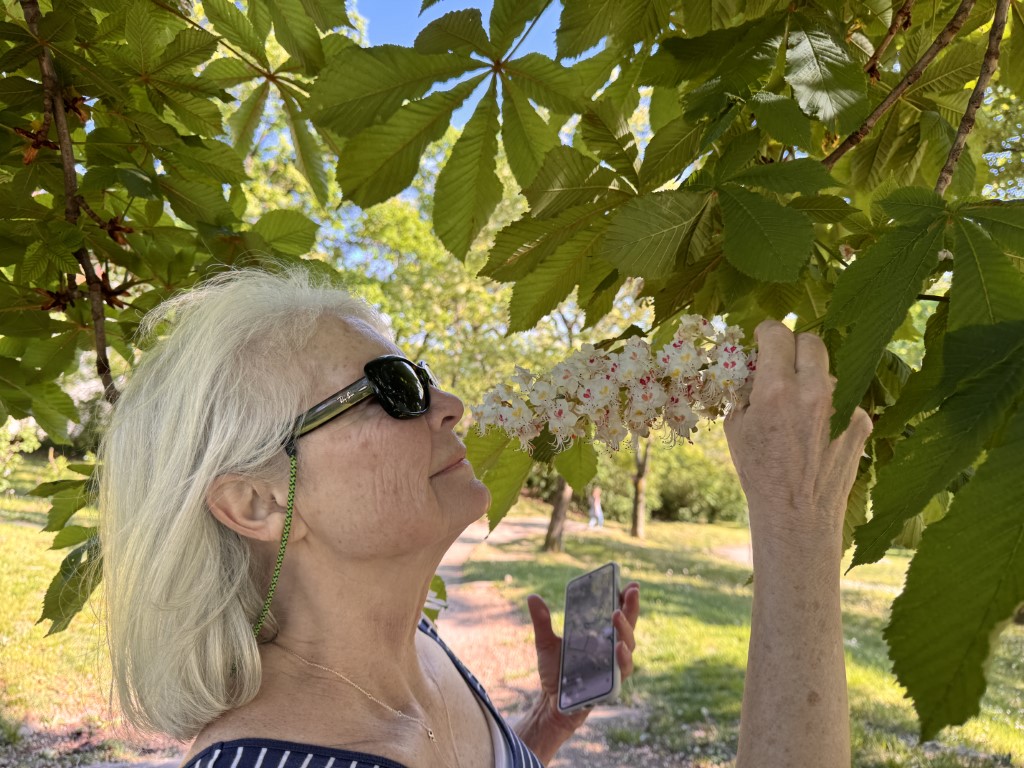

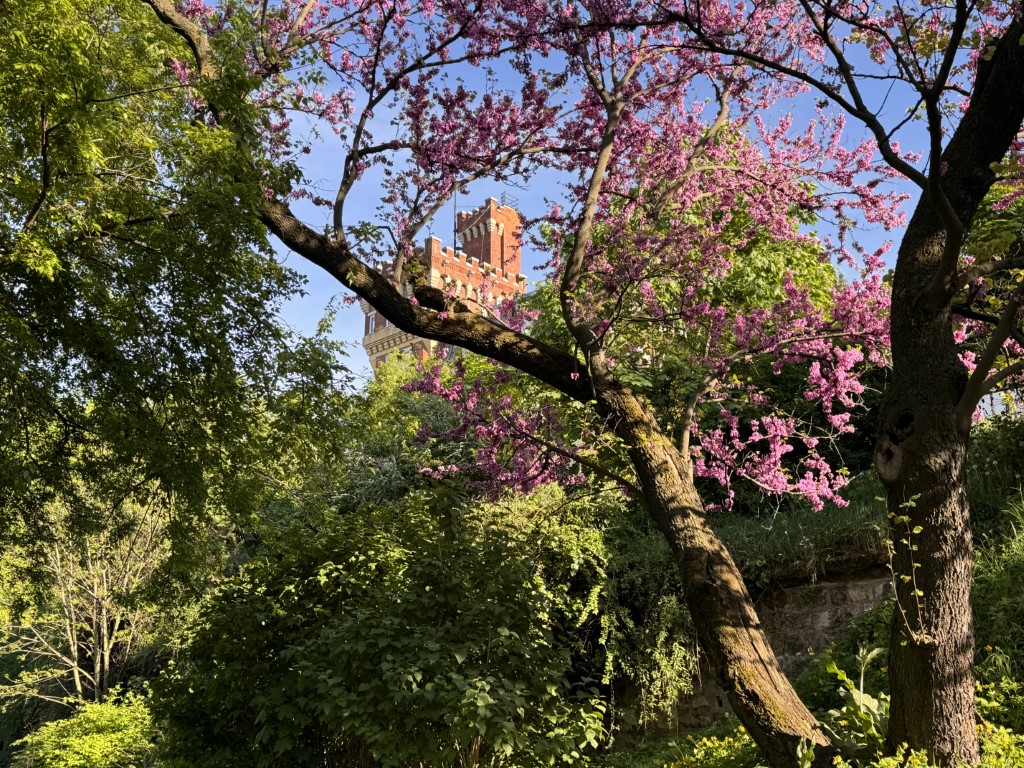

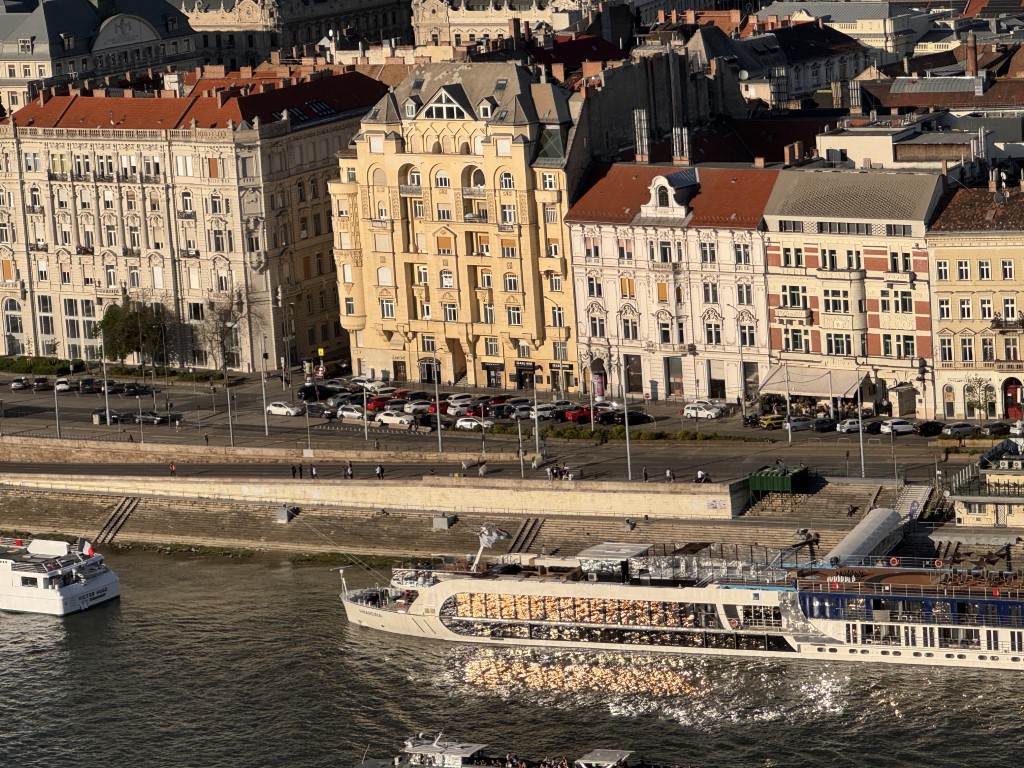
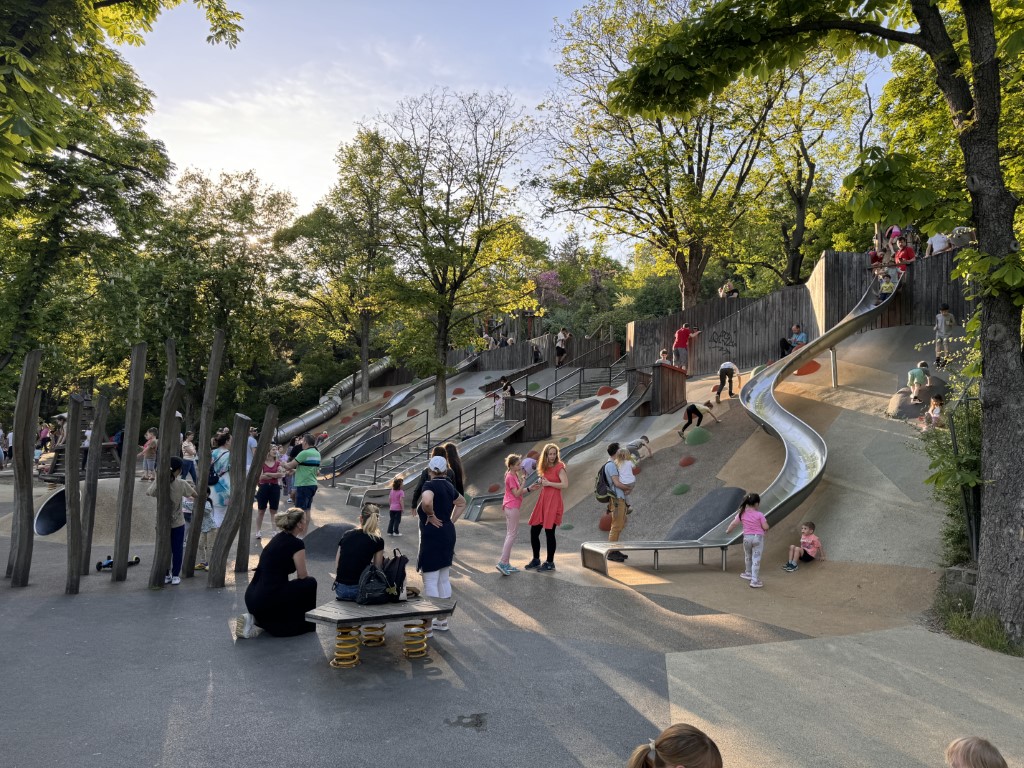


Leave a Reply
You must be logged in to post a comment.